
Speed to Market Through Your Partners
Welcome back to SproutLoud’s Distributed Marketing Jobs to Be Done newsletter. We explore how you can use software to accomplish the jobs that need to be done to deliver exceptional distributed marketing results.
We’ve done hundreds of Jobs to Be Done interviews with customers to get to the root cause of their challenges and build effective solutions.
This bi-monthly newsletter is intended to help you understand these challenges and solutions through the lens of SproutLoud technology.
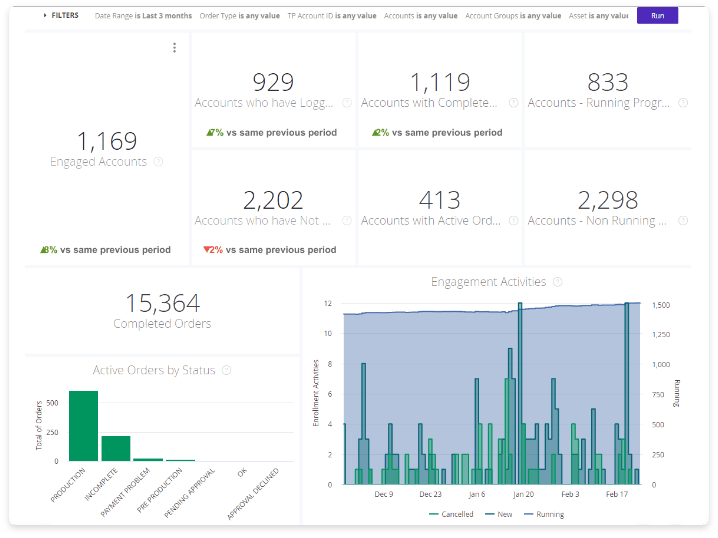
In this issue, we explore 4 common obstacles to delivering your content, promotions and messages to market with speed, otherwise known as Speed to Market.
- Unclear tools and processes slow the process for non-motivated stakeholders
- Stakeholders don’t have the monetary means to participate
- My stakeholders are confused or don’t understand what to do
- I cannot get my local stakeholders to meet marketing deadlines
Obstacle 1:
What is it about the user experience of tools that I provide that slows the process for non-motivated users or results in poor adoption?
A: All users are not the same. They have different needs. At SproutLoud, we generally think about these users in four segments:
- Power Users: These partners have their own marketing stacks and are relatively sophisticated about running their own promotions.
- Self-Service Users: These partners need tools given to them, but they like setting up their own marketing.
- Do-It-For-Me Users: These partners prefer to raise their hands to participate and allocate a budget with minimal participation.
- On-Behalf-Of Users: These partners don’t want to go on a platform. They’d prefer someone manage their programs concierge-style.
In order to support the needs of diverse user groups, tools provided should support each user persona.
For Power Users: provide raw assets with easy searchability for download.
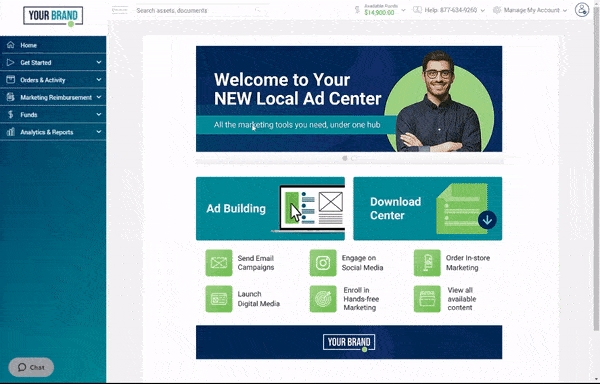
For Self-Service and Do It For Me: provide options that cater to these groups.
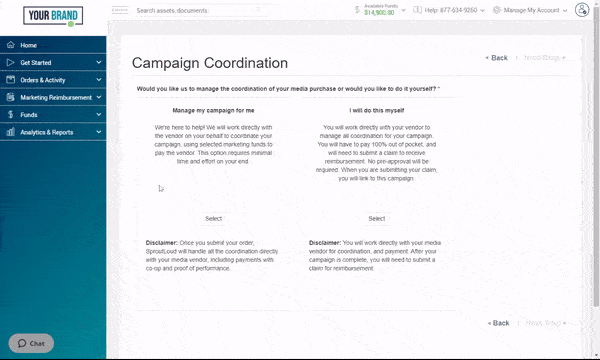
For On-Behalf-Of Users: make sure your tools support turnkey workflows that allow these partners to approve and activate marketing from their email.
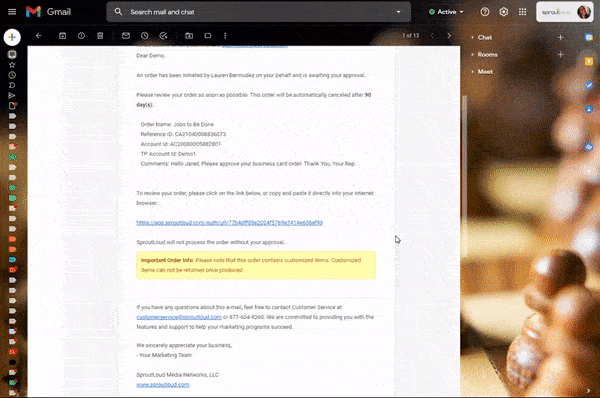
Use of your tools depends on captivity. If your users are channel partners, are you a primary or secondary brand to the partner? For an in-depth overview of the Five Forces of Partner Captivity to inform your strategy, click here.
Obstacle 2:
Stakeholders don’t have the monetary means to advertise.
A: If users need to finance the brand’s portion of the local marketing activity, two problems may exist:
(1) There isn’t a strong budget to support through-channel or distributed marketing activities.
or
(2) Your budget is not allocated efficiently.
To solve the first problem, ensure you have a funding program. To learn more about why having a solid funding strategy is crucial to channel success, click here.
To solve the second problem, it’s important to first understand that most local marketing reimbursement incentive programs are just that — reimbursements after the fact. The solution lies in moving to a co-pay system, where your users only pay their share of the payment, which altogether eliminates the need for reimbursements.
Modern day technologies have strong local funds and budgeting tools to allocate to your distributed marketing activities. When using a platform that manages what your brand pays versus what your users need to pay, users only have to come up with their out-of-pocket share, and this frees up much needed cash-flow for them to participate in more of your programs.
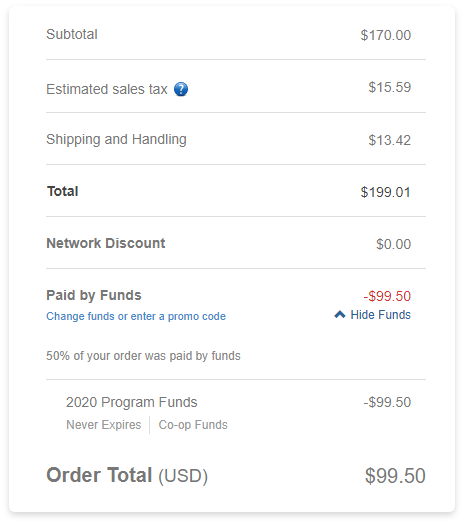
Obstacle 3:
How can I get users to better understand what to do and to follow my recommendations?
A: The old adage from the 1989 movie Field of Dreams — “If you build it, they will come” — definitely does not apply to distributed marketing. Many distributed marketing users lack the time, the know-how or the capability to align with the brand on local marketing goals, even if they have the best of intentions.
In order to maximize adoption, the services of a company like SproutLoud are often as important as the marketing technology to meet this challenge.
To face this challenge head-on, SproutLoud focuses first on understanding what good looks like for both the partners and the brand, then on educating in the context of the technology we offer.
At SproutLoud, for Enterprise license customers, we start with SproutLoud 20/20. We identify behaviors that drive success among top-performing partners to understand what good looks like. This enables us to set a baseline for the state of the network with respect to their local marketing maturity, and more importantly, to determine what works and what doesn’t work for a given cohort of small business users.
Using this data, SproutLoud manages to craft the right tools and messaging to interact with the network.
As an example, our Partner Ignite and Partner Engagement Specialist teams will provide outbound calling, email and chat outreach, armed with tools and data to assess partners’ needs, marketing behaviors and performance.
As an example, we use Digital Scorecards to provide a rating of a given partners digital marketing health, while comparing them to their top local competitors.
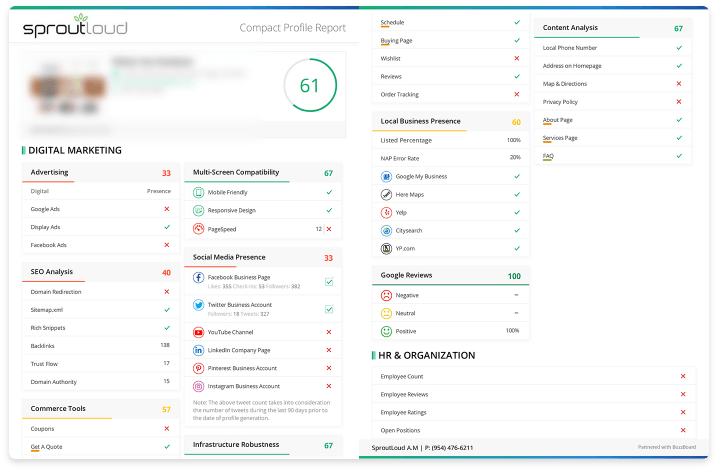
As SproutLoud takes over programs, technology also comes into play by incorporating benchmarking into dashboards so every metric and conversation with our users reflects what good looks like.
Obstacle 4:
Requiring hundreds or thousands of local stakeholders to take action by a given deadline is difficult, resulting in partial local promotions that lack consistency across locations.
A: Successfully coordinating hundreds or thousands of individuals to march in step is impossible without proper planning and careful preparation. Begin by publishing a national calendar of local marketing activities to communicate your intentions as far in advance as possible.
Next, consider packaging these activities into enrollments, so your users can subscribe to these events in advance, committing budget, contact preferences and other opt-in information that give you permission to run marketing activities on their behalf.
This allows you to again advance approval into your programs over the course of the year, rather trying to collect decisions from your partners all at once.

